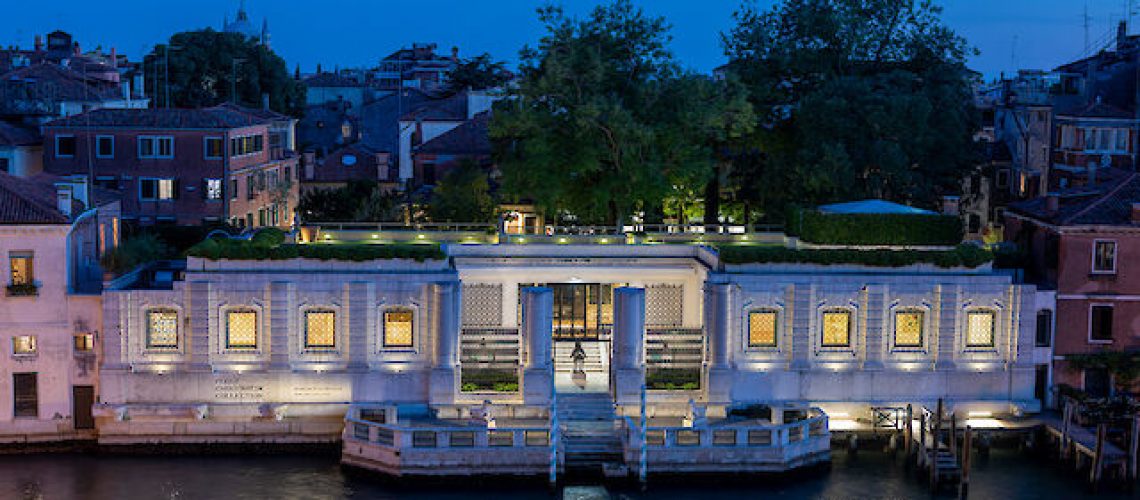Thanks to the Venice Guggenheim Collection, Venice is not only Medieval and Renaissance art, but amazing modern and contemporary art as well.
Venice Guggenheim: a love story for Europe, a love story for Art, a love story for Venice
Born in 1898, Marguerite “Peggy” Guggenheim will be one of the most iconic figures in the XX century arts landscape.
A “Titanic orphan” – his father Benjamin, american tycoon of Swiss origin, died in 1912 in the shipwreck – Peggy arrived in Paris in 1921.
It was Samuel Beckett, the Irish ingenious playwright and a friend of her, to suggest – given Peggy’s interest for the arts – to concentrate on contemporary arts.
If Paris was the centre of the European cultural life, Peggy decided to open her art gallery in London, while starting to buy works from artists such as Braque, Dalí and Mondrian.
The outbreak of World War II forced Peggy to go back to USA. After the war she will buy the Palazzo Venier dei Leoni: the Peggy Guggenheim Collection Venice was born!
Venice Guggenheim: a life and a museum for the arts
Peggy’s relationship with Venice will last for her whole life: in 1950 she organizes in Venice the first Jackson Pollock’s European exhibition; in 1962 she becomes honorary citizen of Venice; she will die in 1979, her ashes interred in the garden of Palazzo Venier dei Leoni.
Venice Guggenheim today
The Peggy Guggenheim Collection in Venice enshrines a big lot of the great names in modern and contemporary arts: the Italians Giorgio De Chirico and Gino Severini; Braque and Duschamp (France); Dalí, Miró and Picasso from Spain; of course her “friend” Pollock as well.
The Nasher sculpture garden is one of the most impressive feature and temporary exhibitions follow one another.
Making a visit to the collection is always worth of, not to mention that the building – along the Canal Grande – is simply a beautiful jewel.

